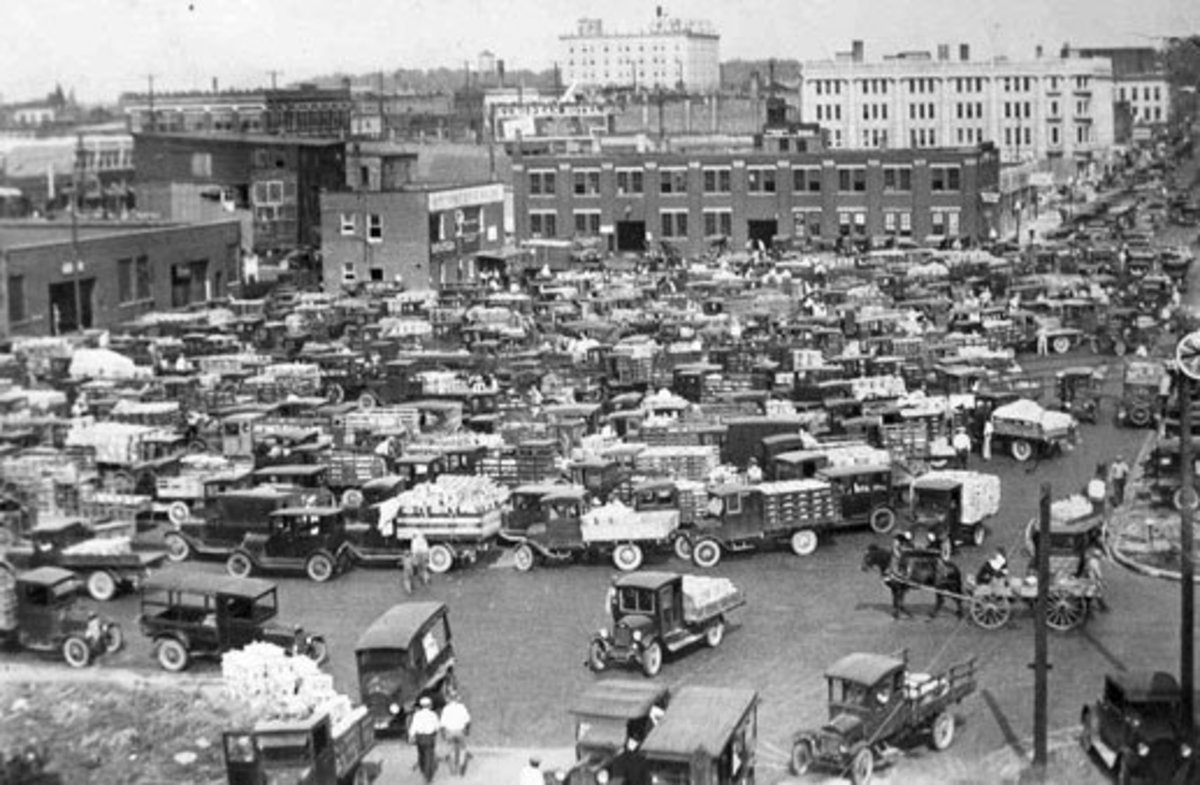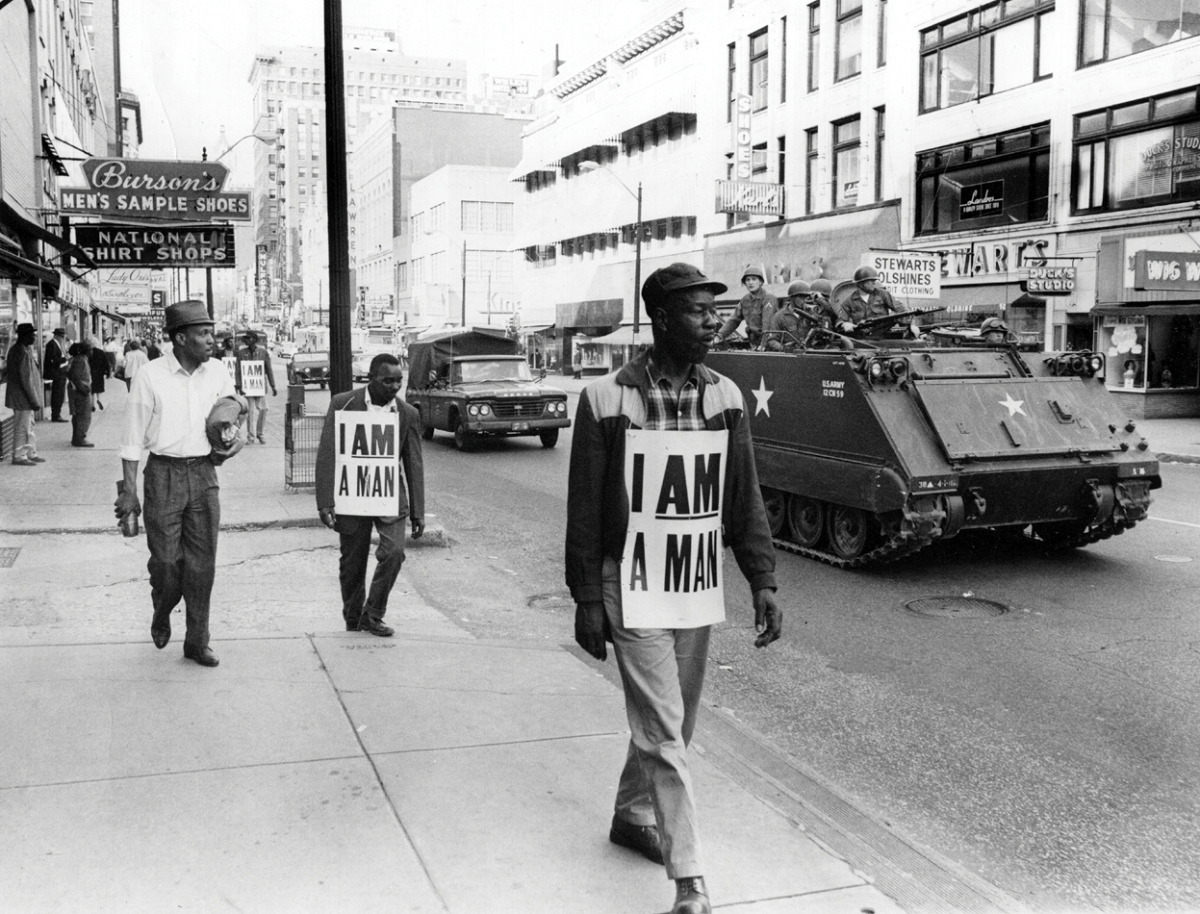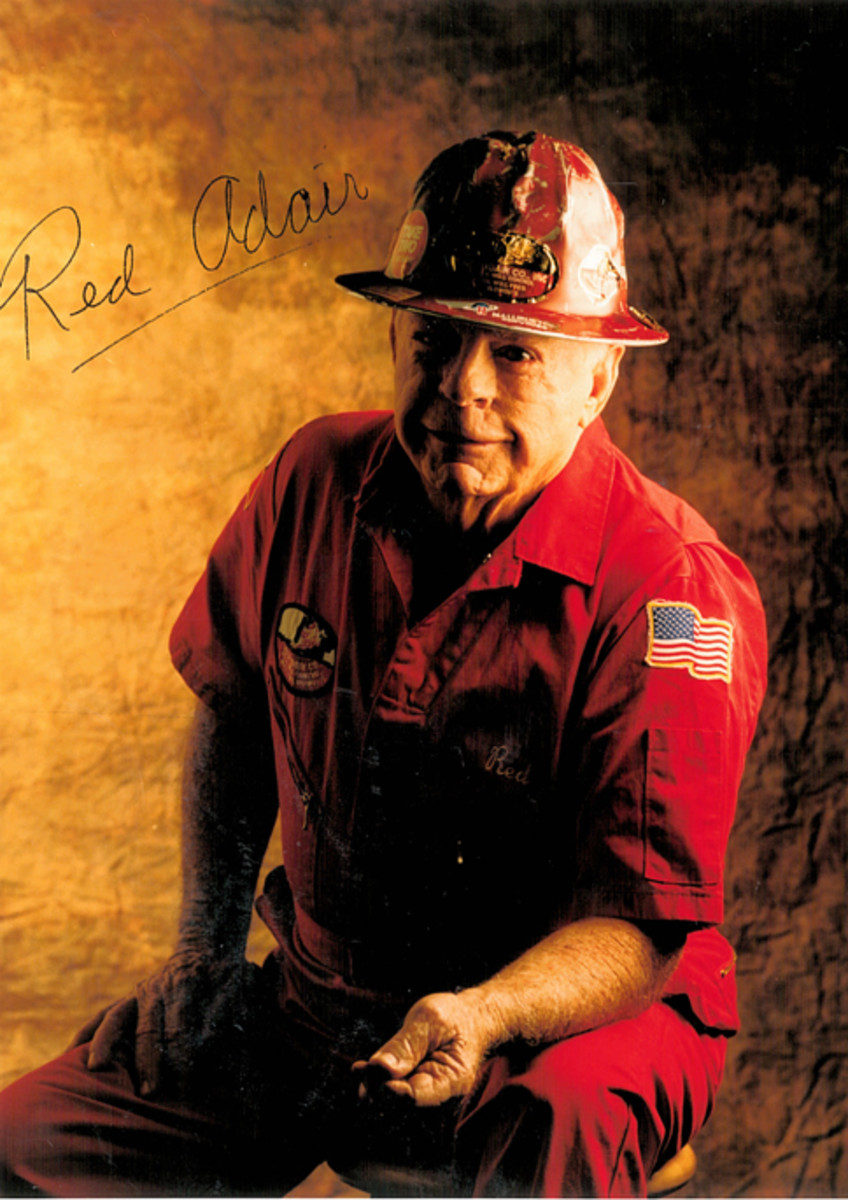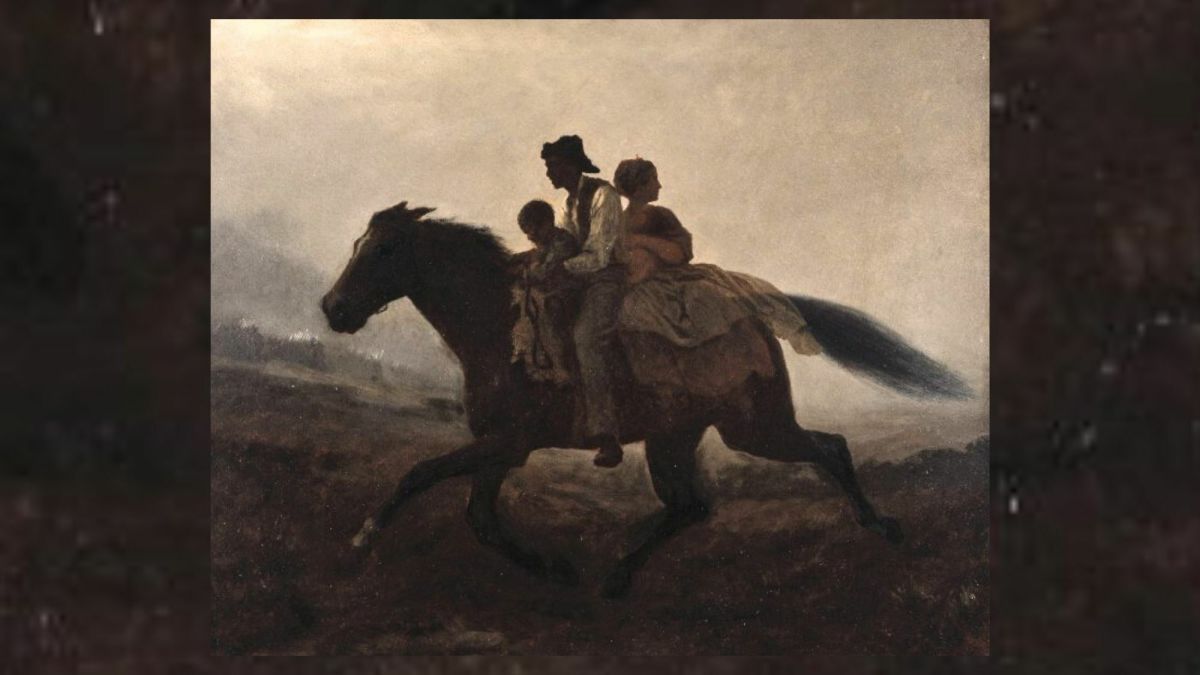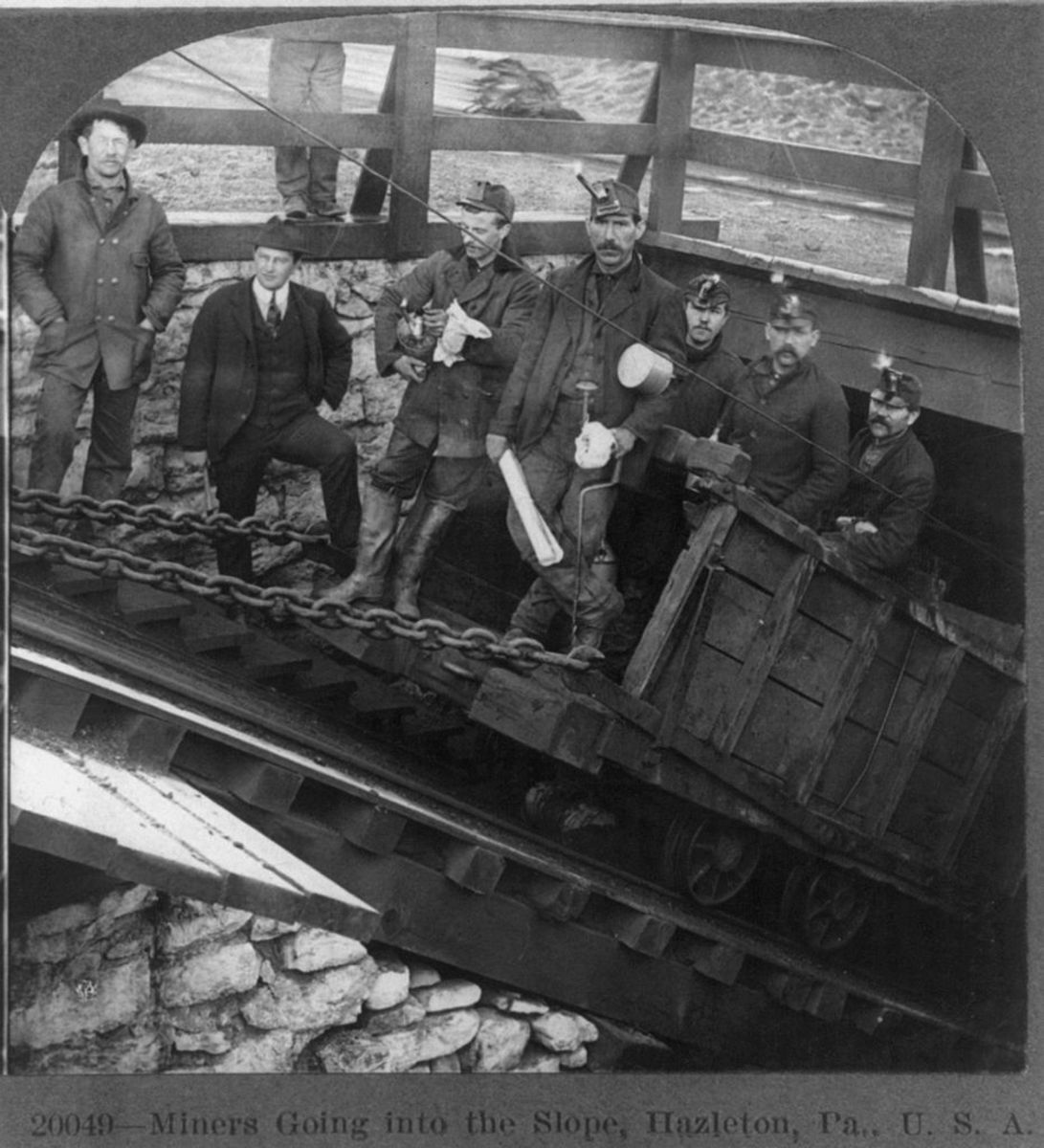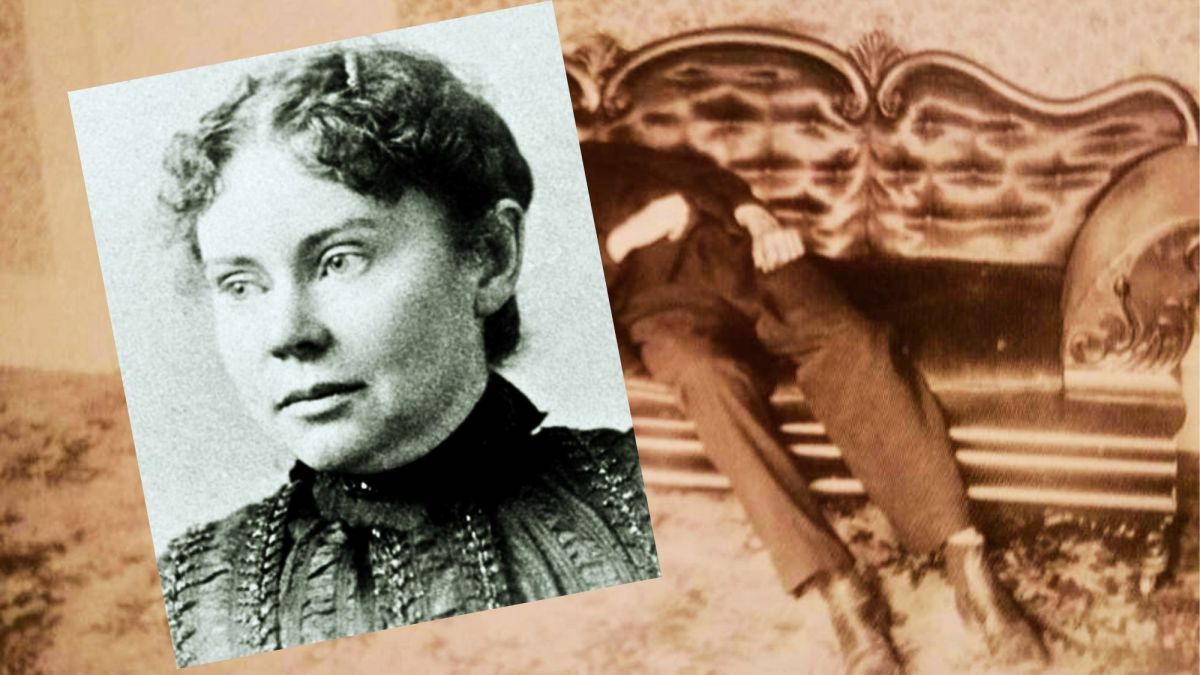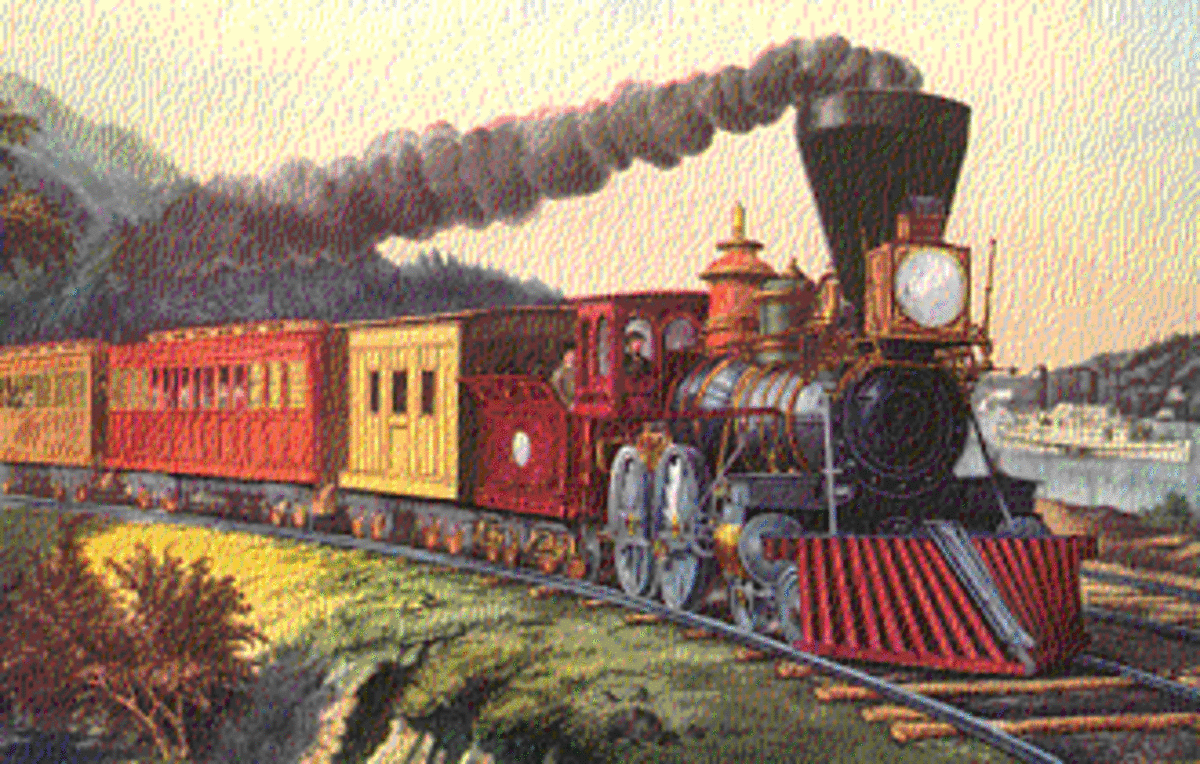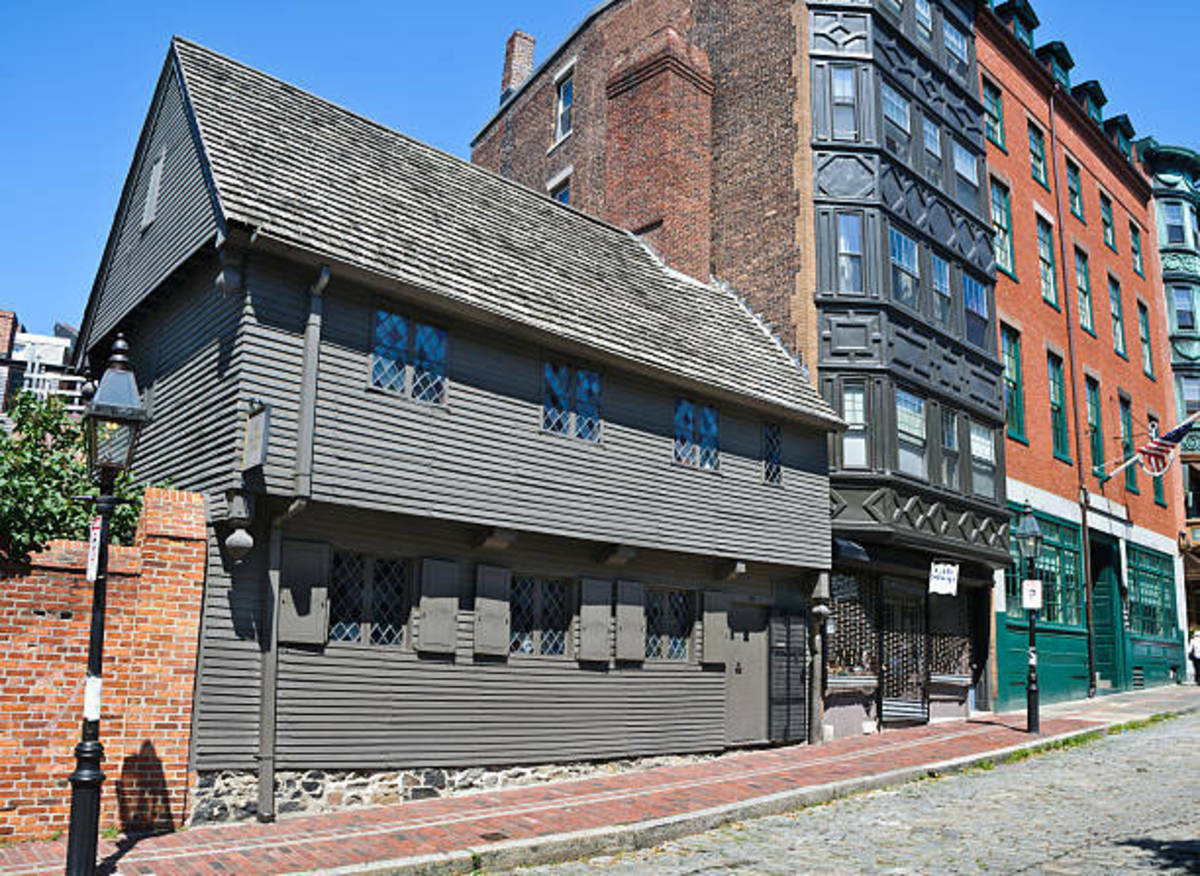- HubPages»
- Education and Science»
- History & Archaeology»
- History of the Americas
Fight Like Hell: Mother Jones
Mary Harris "Mother Jones"
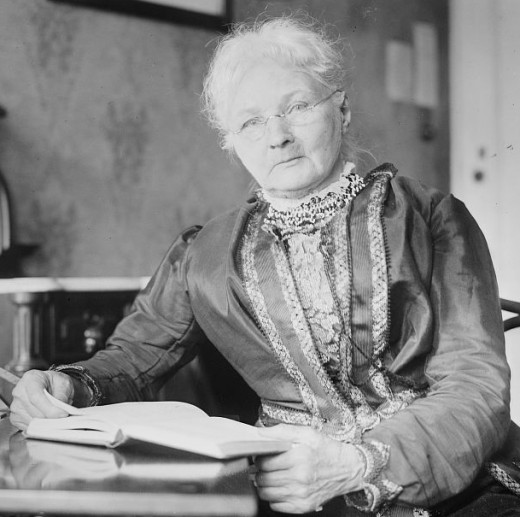
Raise Hell: Mary Harris “Mother” Jones
Life was not easy for Mary. Born in 1837 in Cork, Ireland, Mary’s family fled to the United States after her grandfather was hung for speaking out against the British government for a free Ireland and her father was targeted for those same beliefs as well. This was during the time of the Great Potato Famine that starved millions of people, with many immigrating to the United States for a better future. Mary and her family traveled on what became known as “coffin ships” for the number of people who would die en route to America.
Things seemed to improve when Mary married her husband George Jones in Memphis and they had four children. Sadly, Mary’s happiness didn’t last long; she lost her entire family to the yellow fever plague that passed through their city in 1867. “I sat alone through nights of grief,” she wrote. Grief-stricken, Mary decided that she couldn’t stay in Memphis and moved to Chicago, where she established a dressmaking business.
Then disaster struck: the Great Fire of 1871 destroyed most of Chicago and took Mary’s business with it.
1904 Newspaper Ad
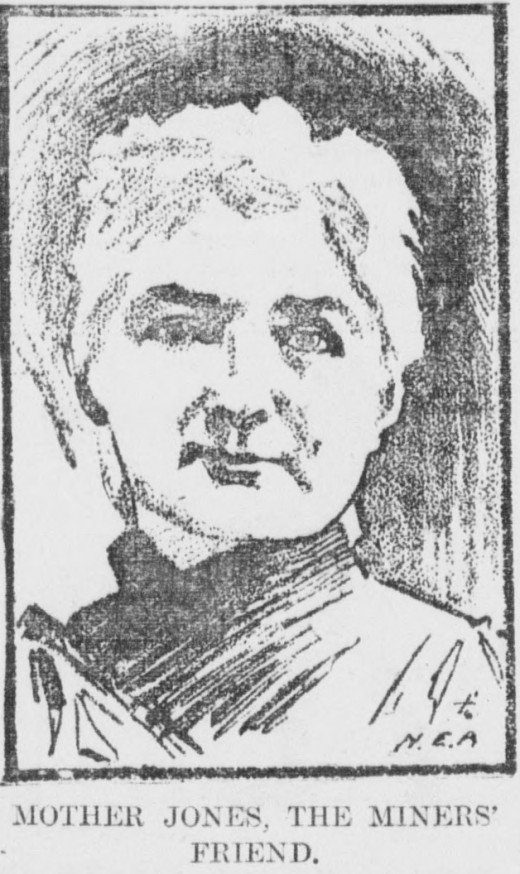
With no business and no money, Mary turned to labor unions her husband used to be a member of for help. It made her think about all her wealthy patrons, how they had so much and but refused to help those who needed it. She began to take a good look around her, saying that she had seen “the jobless and the hungry, walking alongside the frozen lakefront …. My employers seemed neither to notice or care.” Realizing how badly the working class had been treated by the upper class, Mary threw herself into activism, pledging to improve the lives of the working class.
Mary took a particular interest in the plight of coal mine workers and their families. Traveling from camp to camp and town to town with all of her possessions wrapped up in her black shawl, Mary was welcomed into the miners’ homes, resting there at night and setting out in the morning to speak thunderously before the gathered crowds. She told the miners that they were being used like slaves, that they were being cheated out of everything (money, food, healthcare), were being forced to live in slum-like conditions, and that they didn’t have to accept it. She encouraged them all to strike, refuse to work until their conditions were improved and their demands met, rallying them with cries of “Join the union, boys!” The miners adored her, soon calling her “Mother Jones.”
The miners might have loved her, but the coal mine owners and their strike busting teams hated Mother Jones. As long as Mother Jones was in town, all work ground to a halt. The miners refused to work, and if replacement workers (or “scabs”) were brought in, Mother Jones organized the miners’ wives into a broom and mop wielding army, beating them over their heads until they retreated. If the women were arrested, Mother Jones instructed them to bring their babies to jail with them, let them cry and sing all night to drive the guards crazy so that they’d all be quickly released the next morning. Strike busters were called in to beat the workers into submission, but they couldn’t bring themselves to lay a hand on the tiny, grandmotherly-looking Irish hellcat. One official in the miners’ union, James Brophy, said admiringly, “She had a complete disregard for danger or hardship. She had a lively sense of humor—she could tell wonderful stories, usually at the expense of some boss.”
If Mother Jones’s fierce rhetoric wasn’t enough to keep the miners on their strike, she would resort to humiliating them, roaring, “I have been in jail more than once and I expect to go again. If you are too cowardly to fight, I will fight. You ought to be ashamed of yourselves … to see an old woman who is not afraid.” To keep morale from flagging, Mother Jones would organize a pageant and crown the young daughter of a miner “Queen of the Strikers,” and organize parades of child miners who held signs that said things like, “We Want to Go to School, Not to the Mines.” She also welcomed African-Americans into the strikes—all people were equal to her, and they all deserved the best treatment from their employers. She led them all on with the battle cry of, "Pray for the dead, and fight like hell for the living!"
Mother Jones at the White House, 1924
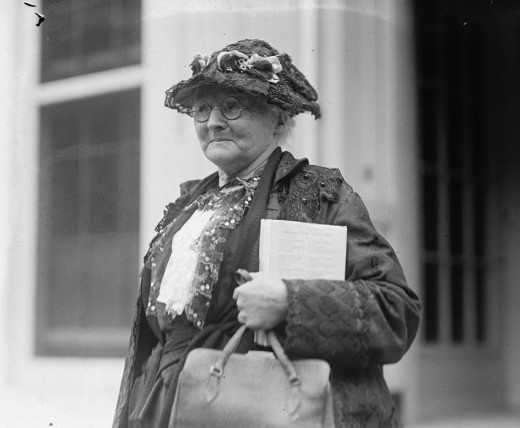
Mother Jones continually butted heads with the mine bosses like John D. Rockefeller Jr., never backing down from threats and openly defying anyone who tried to force her to leave the mining towns. In 1913 during the labor wars in Colorado, Mother Jones repeatedly refused to leave town after she was ordered to do so, finally forcing the police to arrest the 76 year old woman, placing her in a jail that had been previously condemned as being unfit for habitation. When interviewed by the Commission on Industrial Relations about that night, Mother Jones told them, “I had sewer rats … to fight, and all I had was a beer bottle; I would get one rat and another would run across the cellar at me.” Still, the experience didn’t faze her. “I fought rats inside and out just alike,” she added.
Mother Jones also worked tirelessly to improve the lives of child workers across the United States. In 1903, she organized a strike of the 100,000 workers of the textile mills in Philadelphia, 16,000 of whom were children, to demand that their workweek be reduced from 60 to 55 hours. After that, Mother Jones organized 100 children to march with her from Philadelphia to New York City, “to show New York millionaires our grievances.” The march gained national attention, but no laws against child labor were enacted until 1941.
During the time that Mother Jones was campaigning for workers’ rights, figures like Susan B. Anthony, Elizabeth Cady Stanton and other suffragists were campaigning for women’s rights and for the right to vote. Mother Jones couldn’t be bothered with suffragism, saying, “You don’t need a vote to raise hell! You need convictions and a voice!”
There seemed to be no stopping the little old lady many called “the most dangerous woman in America”; well into her nineties, Mother Jones was organizing marches and strikes and fighting for the rights of garment, steel and streetcar workers. She was so admired that when a celebration was held for her 100th birthday, hundreds of well-wishers came to see her—including the son of John D. Rockefeller Jr., one of her most hated rivals. When Mother Jones passed away on November 30, 1930, she was planning one more campaign. In 1975, the progressive magazine Mother Jones, named in honor of the matronly activist, was founded.
Mother Jones works cited:
Cool Women, by Dawn Chipman et al
America’s Women, by Gail Collins
The Complete Idiot’s Guide to Women’s History, by Sonia Weiss and Lorna Biddle Rinear
“Mother Jones,” https://en.wikipedia.org/wiki/Mary_Harris_Jones

